The health of a car does not depend on just oil changes but many other things. It is important to note that tire pressure significantly contributes to optimizing performance, safety, and fuel efficiency. However, what do you think of that little guardian angel watching over your tires — the tire pressure sensor?
Meet the unsung hero of your car – the tire pressure sensor. Silently ensuring each ride is smooth, safe, and worry-free. But where does this attentive guardian reside? Understanding its origin sparks curiosity, unveiling crucial insights into vehicle safety and efficiency. Join us on a swift journey in this brief article, discovering the hidden location of this vital component and how it plans trips that go well. Discover the key to maximizing the performance of your car by figuring out where to put this watchful observer.
Where is the Tire Pressure Sensor located?
Tire pressure sensors are now required as car additions to aid in seeing correct tire pressure levels, improving vehicle safety and performance. Where are these sensors, often known as TPMS, in the car?
Also Read: INVESTIGATING THE REASONS OF OVERNIGHT TIRE PRESSURE DROP
Location of Tire Pressure Sensors:
Tire pressure sensors are often inside the assembly, connected to the valve stem, or within the tire’s air chamber. Most autos have these sensors mounted on the valve stem. The sensor is mounted inside the valve stem and constantly monitors tire pressure. Sensor technology can be integrated into the wheel assembly mounted on a vehicle’s rim or well. These systems offer a more refined readout and are less vulnerable to external sources of damage.
Also Read: Mastering the Honda Accord Pressure Light Reset Process
Types Of Tire Pressure Sensors And Their Connections:
Your tire pressure’s location depends on the system your car uses. There are two main types:
Direct TPMS: The direct tire pressure monitoring systems (direct sensor TPMS) involve putting a sensor on the wheels or tires.
Indirect TPMS: Direct Tire Pressure Monitoring Systems (TPMS) are TPMS with pressure sensors located inside tires, whereas indirect ones do not include pressure sensors. On the contrary, they detect the low tire by comparing the relative wheel speeds through the ABS wheel speed sensors.
Conclusion:
Knowing the precise location of the tire pressure gauge in a car is essential to guarantee optimal efficiency and safety. It is necessary to service and maintain these sensors at the appropriate periods to prevent traffic risks.
Tire pressure sensor upkeep and repair are given priority at Zee’s Tire Shop. We offer specialized services that cover every feature found on a tire pressure monitoring system. You may depend on us for knowledgeable tire pressure sensor help to guarantee a secure and enjoyable trip.

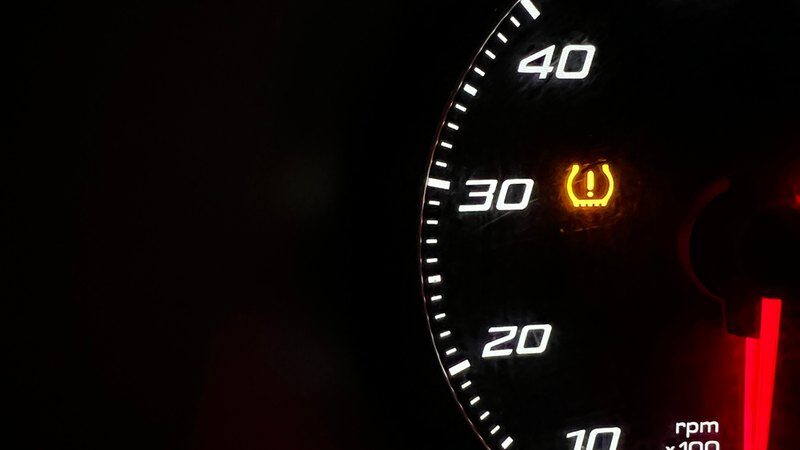
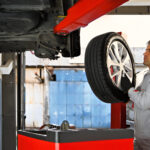

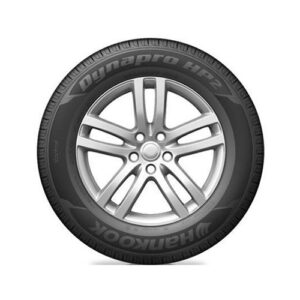
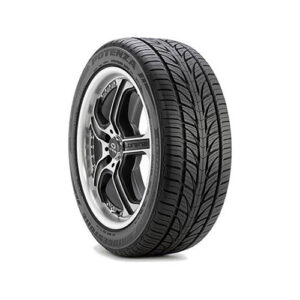

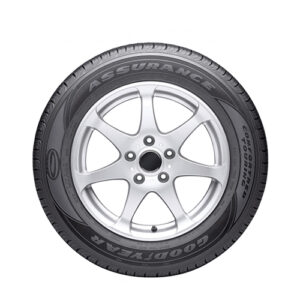
Leave a Reply